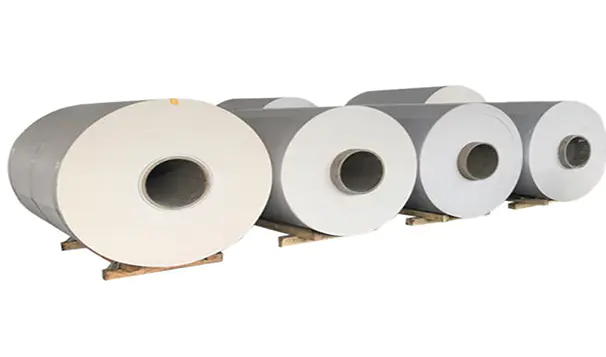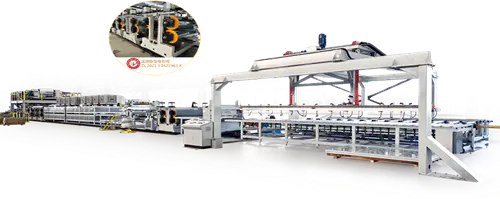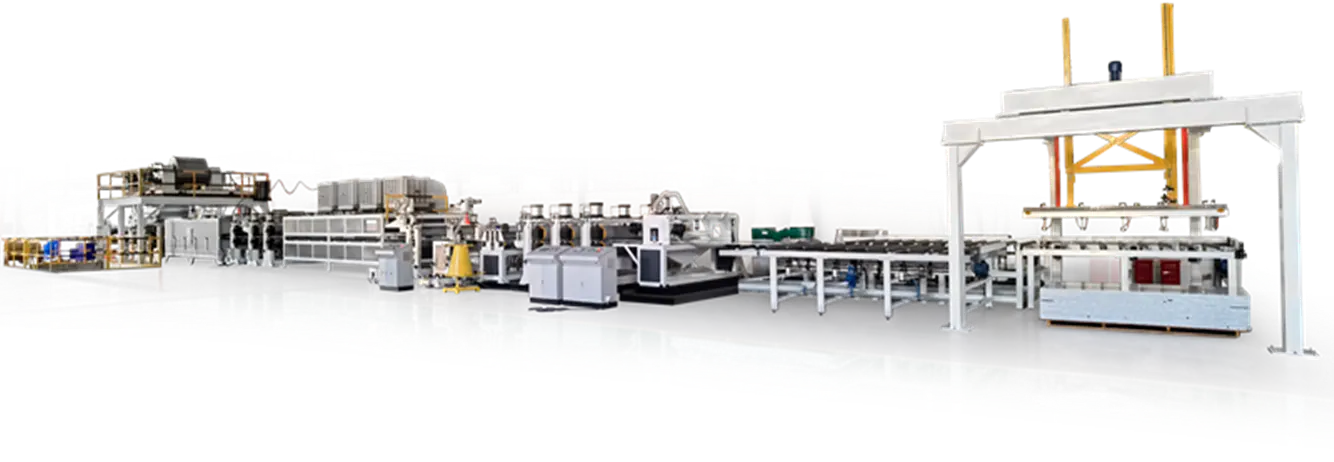In recent years, the steel coil coating industry has been moving steadily toward more sustainable practices. This shift is driven by growing awareness around environmental impact, changing regulations, and customer preferences for greener solutions.

One major trend is the adoption of water-based coatings and low-VOC (volatile organic compound) alternatives. These coatings reduce emissions during production and application, making them a more environmentally conscious choice. While solvent-based coatings are still in use, more facilities are gradually converting to systems that align better with eco-friendly standards.
This change is also influencing the color coated aluminum coil segment. Similar to steel, aluminum coils are being coated with materials that are less harmful to the environment. Manufacturers are exploring alternatives that maintain durability and appearance without relying on traditional, chemical-heavy formulas. In fact, color coated aluminum coil products are now being developed with energy efficiency and recyclability in mind, responding to increased demand from construction and appliance sectors.
Steel coil coating is also becoming more application-specific. Companies are tailoring coating formulas to meet the unique needs of different industries, whether it's construction, automotive, or HVAC. This targeted approach helps reduce waste, as only the necessary materials are used for each coil. At the same time, improved coating technologies offer better adhesion and corrosion resistance, contributing to longer material life without compromising sustainability.
Interestingly, color coated aluminum coil products are also being used in more architectural and design-focused applications. As aesthetics become a key factor in building materials, aluminum coils coated in various colors and textures are gaining popularity. What’s changing is not just how they look, but how they are made—less energy use during production, fewer emissions, and coatings that are easier to recycle or reapply when necessary.
Recyclability is a growing point of focus for both aluminum and steel coil coating operations. The aim is to create products that don’t just perform well during their service life but also contribute to a circular economy afterward. Using fewer hazardous materials during the coating process makes the end product easier to repurpose or break down safely. This is especially important as manufacturers try to balance production demands with environmental responsibility.
Another emerging trend in steel coil coating is greater transparency in material sourcing. More buyers want to know where raw materials come from and whether the coatings used comply with environmental and safety standards. This shift is pushing manufacturers to certify their materials and open up more about their processes. Although this doesn’t directly change the product’s technical properties, it adds value for customers who care about sustainability.
In the color coated aluminum coil sector, the same demand for transparency is being felt. End-users—especially in residential and commercial construction—are looking for materials that align with green building standards. Coating suppliers are responding by offering product lines that meet LEED or other certification requirements, without sacrificing durability or color options.
The move toward more sustainable steel coil coating isn’t just a trend; it’s becoming an expectation. As regulations tighten and awareness grows, manufacturers have to stay ahead of these changes. Whether it’s through new coating chemistries or cleaner production methods, companies are reworking their strategies to fit into a more environmentally conscious industry.
With increased focus on sustainability, we’re likely to see even more innovation in color coated aluminum coil solutions and further refinements in steel coil coating processes in the coming years. The direction is clear: better for business, and better for the environment.

 中文简体
中文简体 English
English Português
Português русский
русский Español
Español عربى
عربى









